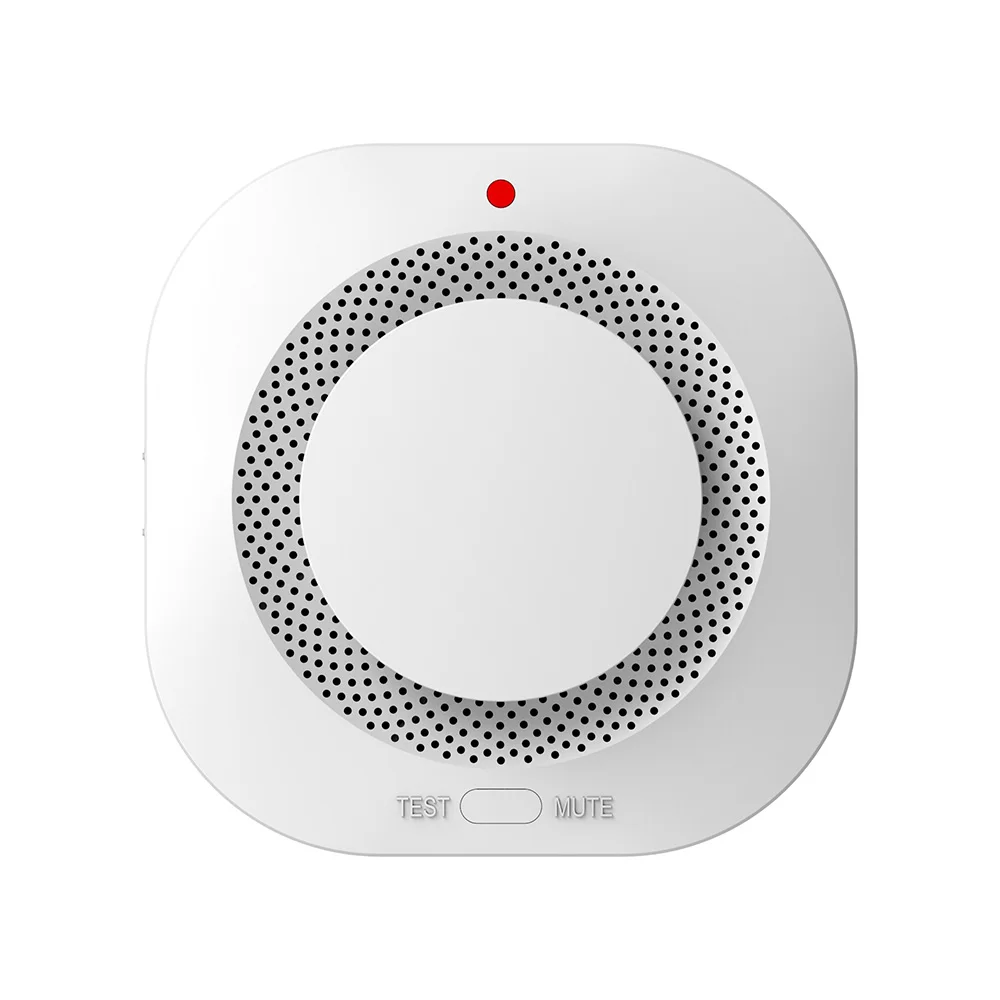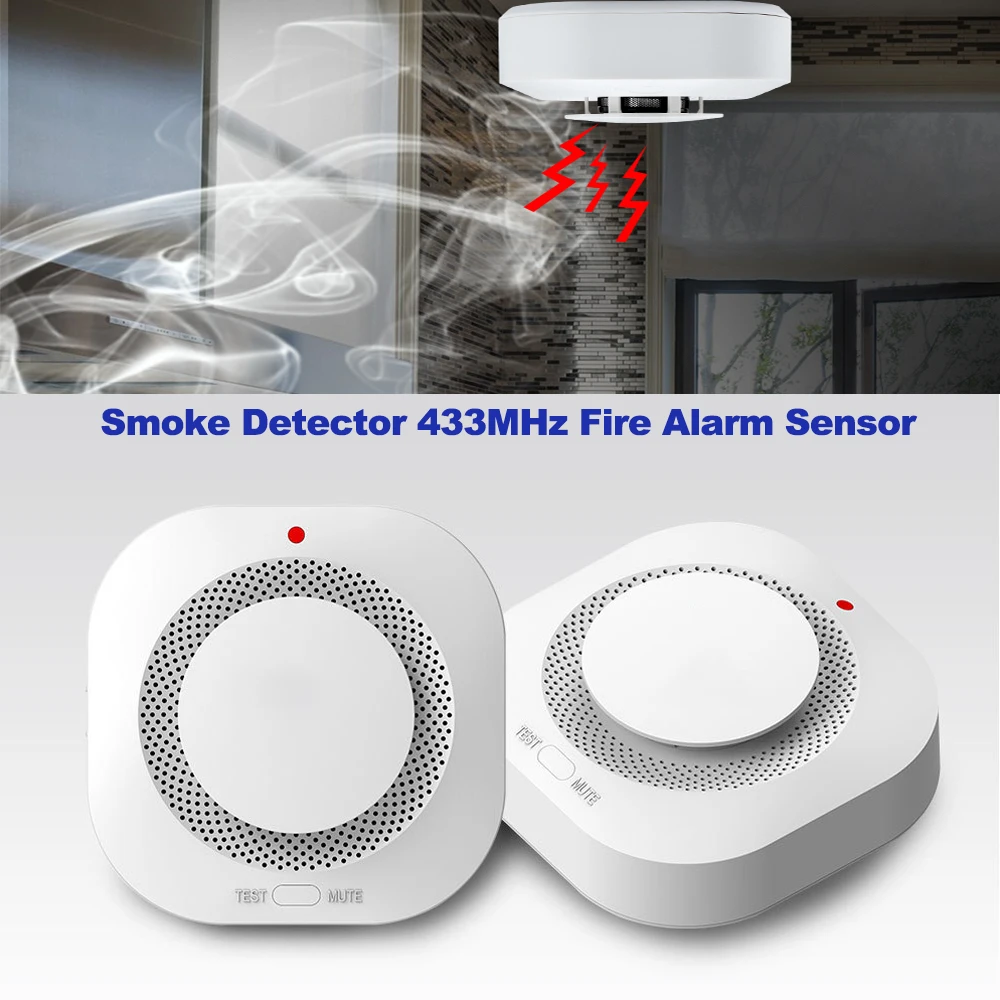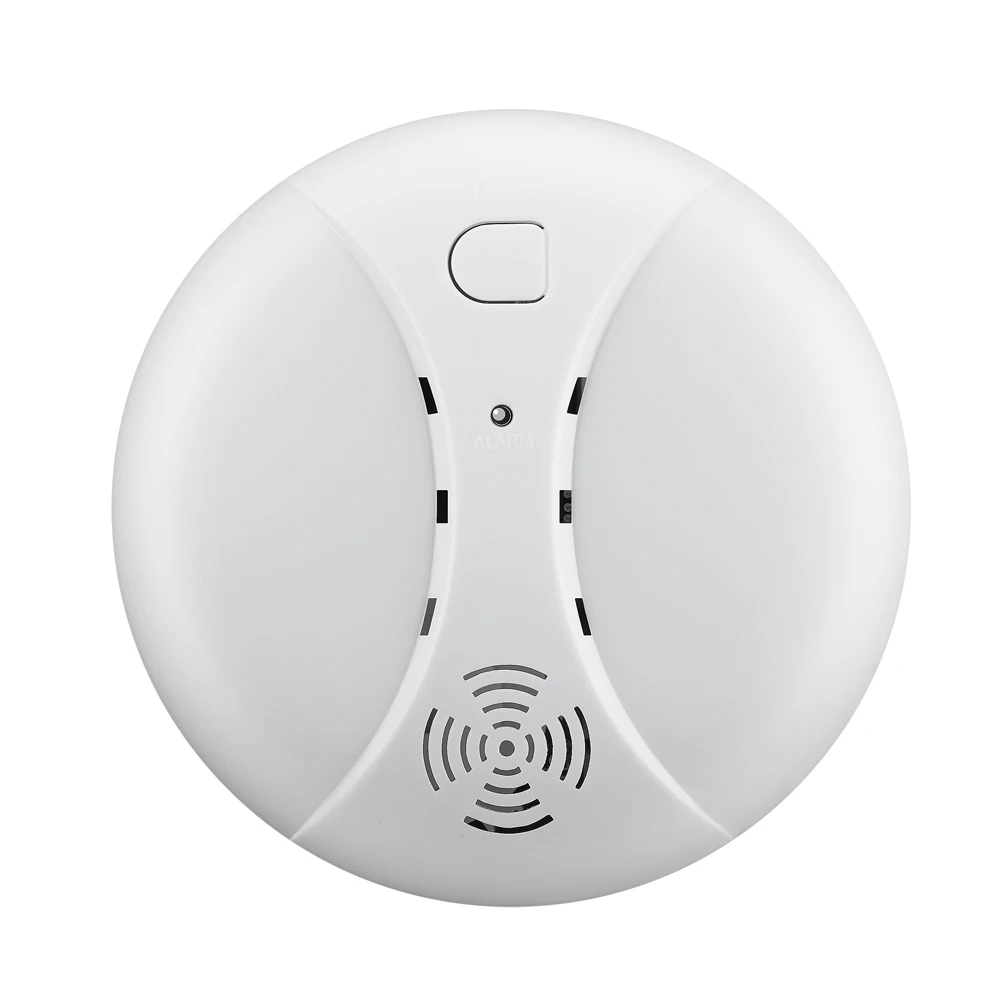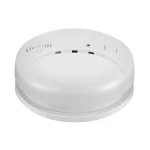Identifying the Cause Behind the Beeping
When a smoke alarm begins emitting an incessant beep, identifying the cause is imperative. Common reasons for a beeping alarm include a low battery, dust accumulation, temperature fluctuations, and even malfunctions. Begin with checking for signs of fire; if there’s no fire, the beep likely signals a need for attention. Replace the battery if it’s weak, as this is a frequent trigger for beeping. If beeping persists post-battery change, inspect for dust or cobwebs. Cleanup can often resolve the issue. Temperature drops at night may cause a drop in battery voltage, resulting in a beep; consider relocating the alarm away from air currents. Additionally, hardwired alarms with a backup battery may beep if that battery is low. If your troubleshooting doesn’t silence the beeping, consulting the manual or seeking a professional’s help could be your next steps.
Replacing the Battery: A Simple Fix for Beeping Alarms
Replacing the battery is a common fix for a beeping smoke alarm. This annoying sound often warns of a low battery. Engage in a quick check to ensure the beep is for battery issues and not a more serious cause, like fire. Here are the steps to replace the battery in most alarms:
- Locate the Smoke Alarm: Find the beeping alarm. It might be on the ceiling or high on a wall.
- Safety First: Before attempting to replace the battery, ensure your safety. Use a stable step ladder to reach the alarm if it’s out of arm’s reach.
- Disable the Alarm: To avoid potential ear pain, you should disable the alarm first. Usually, this involves pressing a ‘test/silence’ button.
- Open the Battery Compartment: Carefully open the smoke alarm’s battery door. In many models, this is on the back or at the side of the alarm.
- Remove the Old Battery: Take out the old battery. Check the orientation of the plus and minus symbols to insert the new one correctly.
- Install a New Battery: Place a fresh battery inside, aligning the positive and negative ends as needed. For a secure fit, ensure the battery contacts are good and clean.
- Close the Compartment: Make sure the battery compartment is fully closed. This ensures a proper power connection.
- Test the Alarm: After battery replacement, press the test button. The alarm should emit a short beep indicating it’s functional.
In smoke alarms powered by lithium batteries, you can’t just change the battery. You might need to replace the whole unit. For hardwired alarms with backup batteries, follow the same steps to replace them. Keeping spare batteries on hand can help you quickly resolve beeping issues. Remember, your safety is vital. Regular battery changes prevent anxieties caused by unexpected beeping, especially at night. If you are unsure about the process, it might be wise to consult the smoke alarm’s manual or reach out to a professional.

Smoke Alarm Types and Their Power Sources
Understanding the different types of smoke alarms and their power sources is key to resolving beeping issues. There are three main types of smoke alarms, each with its unique power source:
- Battery-Powered Smoke Alarms: These alarms rely on replaceable batteries, which need regular checking and replacement to ensure functionality. They are simple to install and require no wiring.
- Lithium Battery Smoke Alarms: A step up, these come with long-lasting, sealed batteries that last the lifetime of the alarm, usually about 10 years. You cannot replace the batteries; instead, replace the entire unit when it expires.
- Hardwired Smoke Alarms: Considered the most reliable, these are connected to your home’s electrical system and usually have backup batteries. This setup ensures the alarm works even during a power outage. Remember to replace backup batteries as needed.
The type of power source affects how you respond to a beeping alarm. For instance, with battery-powered alarms, you can usually just replace the batteries to stop the beep. If you have a lithium battery alarm that’s beeping, it’s likely time to replace the entire unit. For hardwired alarms, you may need to check both the electrical connection and the backup batteries.
When your smoke alarm starts beeping, first check its type and power source. This will guide your next steps, whether it’s replacing batteries, consulting an electrician, or purchasing a new alarm. Regular testing and maintenance can prevent unexpected beeps and ensure your alarm is ready in case of an emergency.
Addressing Smoke Alarm Sensitivities to Temperature and Humidity
Smoke alarms can be sensitive to environmental changes such as temperature and humidity. These factors can cause the alarms to beep unexpectedly. Here are some common issues and solutions related to temperature and humidity sensitivity in smoke alarms:
- Temperature Fluctuations: Cold temperatures can decrease the battery voltage, triggering a low battery beep. Consider relocating the smoke alarm away from drafty windows or exterior walls. This can prevent false alerts due to cold air.
- High Humidity: Showers, cooking, and other steam-producing activities can raise humidity levels. This can falsely trigger the smoke alarm. Install the smoke alarm away from bathrooms and kitchens to avoid such issues. Use exhaust fans to reduce humidity when cooking or showering.
- Air Conditioners and Heaters: Sudden activation of heating or cooling devices can create temperature shifts that affect your smoke alarm. Ensure the smoke alarm is not directly in line with air vents.
By understanding these sensitivities and adjusting the placement or conditions around your smoke alarm, you can reduce the likelihood of unwarranted beeping. Regular maintenance and testing will also help keep your smoke alarm functioning correctly amidst temperature and humidity changes.
Troubleshooting Hardwired Smoke Alarms
Troubleshooting hardwired smoke alarms can be slightly more complex due to their connection to your home’s electrical system. Here are some steps to help you stop the beeping and ensure your alarm is functioning correctly:
- Check the Backup Batteries: Even though these alarms are powered by your home’s electricity, they typically have backup batteries. Replace these batteries if your alarm is beeping; it’s often a low battery alert.
- Inspect for Loose Connections: Ensure that all connections are secure. Loose wiring can cause intermittent beeping.
- Reset the Alarm: Sometimes, simply resetting the smoke alarm can stop the beeping. Turn off the power at the circuit breaker, wait a few minutes, then turn it back on.
- Clean the Alarm: Dust and debris can cause false alarms. Open the cover and gently clean the interior with a soft brush or a blast of compressed air.
- Check the Installation: Incorrect installation can lead to issues. Verify that the alarm is installed as per manufacturer guidelines.
- Look for Electrical Issues: If other electrical devices are acting up, there might be a broader electrical problem. Consult an electrician if you suspect this.
Following these steps will help address common issues with hardwired smoke alarms. Regular maintenance and timely battery replacement can prevent most beeping issues, ensuring that your smoke alarm remains a reliable safety device.

Regular Maintenance: Cleaning and Dusting Your Smoke Alarm
Dust and debris can interfere with the alarm’s sensors, leading to false alarms or malfunction. To maintain your smoke alarm’s functionality, a bi-annual cleaning routine is recommended. Here are some steps to effectively clean and dust your smoke alarm:
- Turn Off the Alarm: Before cleaning, ensure the smoke alarm is off. This prevents accidental activation.
- Use Compressed Air: Blast compressed air around the sensor chamber to remove dust. Do this gently so as not to damage the sensors.
- Wipe the Exterior: Use a soft, slightly damp cloth to clean the outside of the smoke alarm. Avoid getting the interior wet.
- Vacuum the Inside: Attach a soft brush to your vacuum cleaner. Use this to gently suck away any remaining dust inside the alarm.
- Check the Battery: While cleaning, it’s a good time to check the battery. If it’s been a while, replace it even if it’s not beeping.
Remember, a clean smoke alarm is a more responsive one. Ensuring that your smoke alarm is free of dust will not just stop it from beeping unnecessarily, but it’s also essential for the protection and safety of your home.
Understanding Alarm Sounds: Interpreting Beeps and Chirps
Beeps and chirps from smoke alarms can mean different things. It’s important to understand these sounds for safety. Let’s explore what various alarm sounds could indicate.
- Continuous Beeping: This sound often means there’s actual smoke or a fire. If you hear this, evacuate immediately and call emergency services.
- Intermittent Beeping: Usually, this signals a low battery. Replace the battery to stop the noise. If it continues, there might be another issue.
- Single Chirp: A chirp every 30 seconds or so could mean a low battery, a need for cleaning, or that the alarm’s life is nearing its end.
- Multiple Beeps: This pattern may suggest a malfunction, or if it’s a combo alarm, the presence of carbon monoxide. Consult the manual for specifics.
Remember, beeps and chirps are warnings. They tell us if the alarm is working, needs a new battery, or detects danger. Don’t ignore them. Regular tests and maintenance can prevent false alarms and ensure proper functioning when needed.

When to Replace Your Smoke Alarm: Lifespan and Malfunctions
Knowing when to replace your smoke alarm is crucial for home safety. Smoke alarms typically have a lifespan of about 10 years. After this period, their sensitivity to smoke can decrease, making them less effective. Here are some signs that it’s time to replace your alarm:
- Age of the Alarm: Check the manufacture date on your smoke alarm. If it’s been 10 years or more, it’s time for a new one.
- Frequent False Alarms: If your smoke alarm gives off false alarms often, it could be malfunctioning. It might need cleaning or it may be time to replace it.
- Irregular Beeping: If your smoke alarm beeps at odd times, not due to low battery or smoke, it could be a sign of a malfunction. Try replacing the battery first; if it persists, replace the alarm.
- Doesn’t Respond to Tests: Smoke alarms have a test function. If yours doesn’t beep when you test it, it’s not reliable. Replace it as soon as possible.
- Physical Damage: Look for any visible signs of damage. If you see any, such as cracks or broken components, replace the alarm.
Investing in a new smoke alarm can be a lifesaver. If you’re unsure about your smoke alarm’s condition, consult a professional. They can advise you on whether it’s time for a replacement or if it simply needs a repair.


